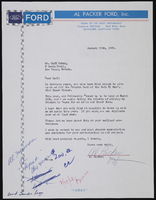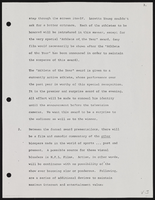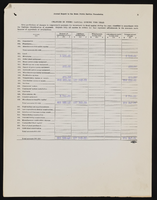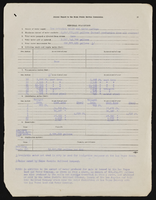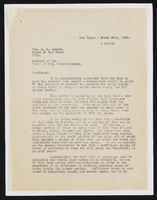Search the Special Collections and Archives Portal
Search Results

Nora Mirabal interview, August 30, 2019: transcript
Date
2019-08-30
Archival Collection
Description
Interviewed by Elsa Lopez and Barbara Tabach. Cuban refugee family by way of Spain and then to the US; arrived in Las Vegas in 1973 when Nora was 9 years old. Struggled in youth but rises up as embraces educaton. Currently is Assistant Director of Academic Partnership at CSN.
Text
Audio recording clip of interview with David Washington by Claytee D. White, March 18, 2009
Date
2009-03-18
Archival Collection
Description
Part of an interview with David Washington by Claytee White on March 18, 2009. Washington describes how he worked to serve as a role model and helped start the Black Firefighters Association, serving as President for the first two years.
Sound
Pagination
Refine my results
Content Type
Creator or Contributor
Subject
Archival Collection
Digital Project
Resource Type
Year
Material Type
Place
Language
Records Classification


